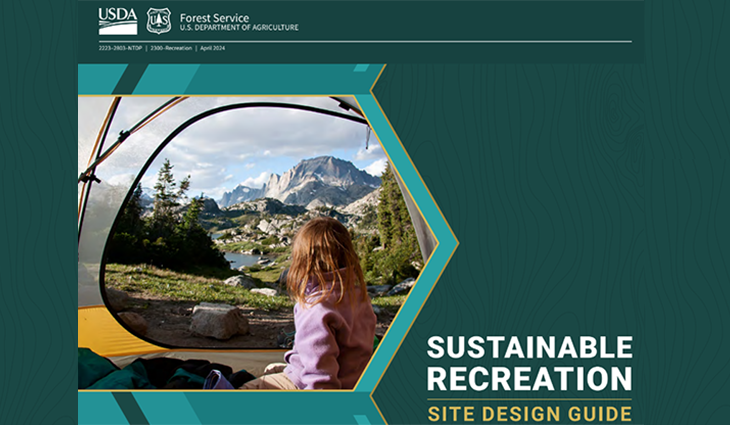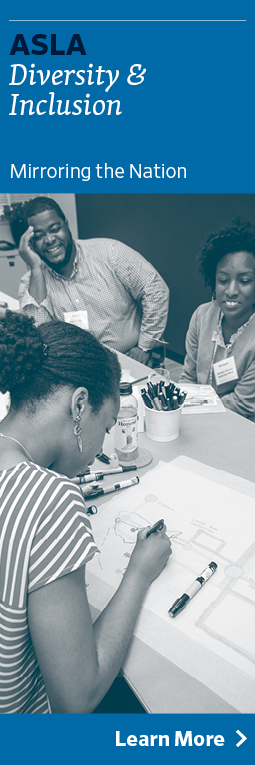Sustainable Recreation Site Design Guide
9/30/2024Leave a Comment

US Department of Agriculture Forest Service - Camping in the Bridger Teton National Forest. Photo credit: Katherine Hawkins.
Landscape architects at the U.S. Forest Service have authored the “Sustainable Recreation Site Design Guide” (SRSDG), which provides guidance in planning, designing, and constructing U.S. Department of Agriculture and Forest Service recreation facilities and sites. The guide incorporates the three spheres of sustainability - social, environmental, and economic - into the best practices and processes for implementing sustainable recreation designs at the site scale.
The goals of the guide are to:
- Provide a knowledge base in sustainable recreation design concepts
- Provide technical guidance in support of policy, planning, and design processes
- Improve design decisions during planning, reconstruction, and maintenance for all developed site types to implement sustainable recreation outcomes
The guide does not offer design prescriptions—no particular design or template will apply across all locations, settings, or site conditions. It does identify general principles of sustainable design that apply to recreation settings, site-specific considerations for implementing sustainable recreation design, and agency requirements and processes associated with making improvements to developed recreation sites. The SRSDG offers a variety of tools, examples, and context necessary for addressing unique challenges associated with recreation design on national forests and grasslands, translating policy, abstract concepts, and best-available science to guide tangible, project-level actions.
In 2019, the Forest Service celebrated the centennial of professional recreation management and recognized the contributions and influences of landscape architects on recreation design. According to the Forest Service “Sustainable recreation will define the next century of recreation planning, design, implementation, operations, and maintenance. Sustainable recreation design enhances public benefits, connecting people to the outdoors and providing opportunities for positive, memorable experiences while sustaining the ecological character and vitality of natural settings.”
Download the Sustainable Recreation Site Design Guide HERE.


.png)
.png)
.png)
.png)
.png)
(1).png)

